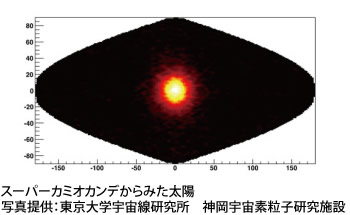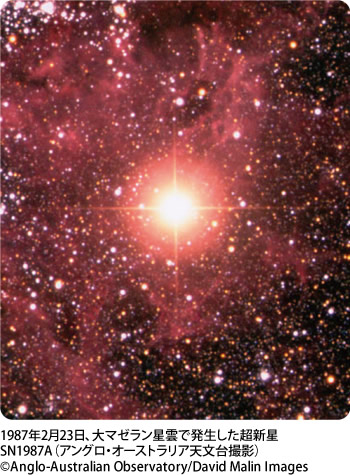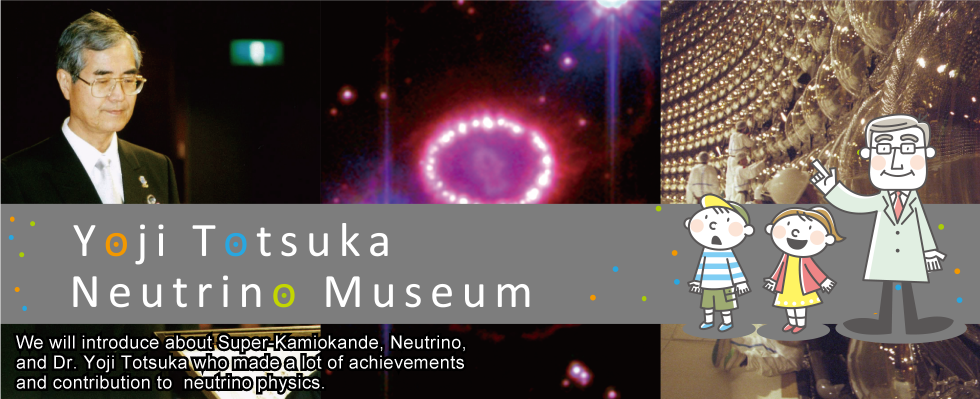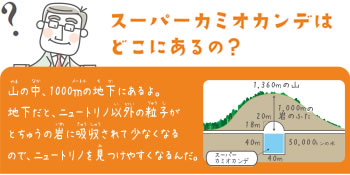- Yoji Totsuka Neutrino Museum
- Who is Yoji Totsuka?
- What did Yoji Totsuka do?
- What is the "Super-Kamiokande"?
-
What is the "Super-Kamiokande"? Where is it? What does it do? This corner will answer all the basic questions.
- At the Neutrino Museum, Lets check it out! Lets experience it!
What is the "Super-Kamiokande"? Where is it? What does it do? This corner will answer all the basic questions.
Super-Kamiokande: Unlocking the Laws of the Universe
-
Successor to the Kamiokande, the Super-Kamiokande is an elementary particle research experimental apparatus constructed in Kamioka, Hida City in Gifu Prefecture. The enormous tank constructed 1,000 meters underground is filled with 50,000 tons of ultrapure water. With approximately 13,000 photomultiplier tubes it can detect neutrinos passing through the earth and is working to further our knowledge of the fundamental laws of the universe.
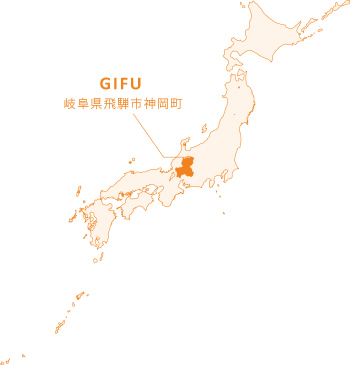
What is the "Super-Kamiokande"?
-
In addition to holding 50,000 tons of ultrapure water 1,000 meters underground, approximately 13,000 photomultiplier tubes are installed in the Super-Kamiokande. When neutrinos enter the Super-Kamiokande, they react to the water and charged particles may be expelled. When these charged particles move quickly through the water, a very weak light called "Cherenkov Light" is released. Observed with the aid of photomultiplier tubes, we can study neutrinos otherwise invisible to the naked eye.
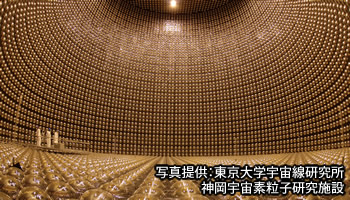
Investigating the Mysteries of the Universe
-
Observing both neutrinos showering us from space and those that are man-made, the Super-Kamiokande is working to solve the mysteries of how matter was formed in the universe's infancy. In addition, it is searching for one of high-energy physics' top objectives: proton decay.
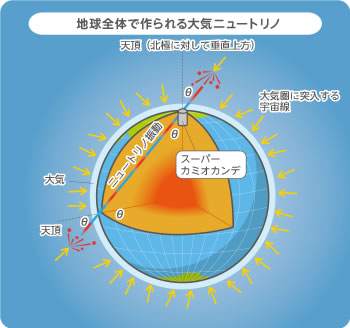
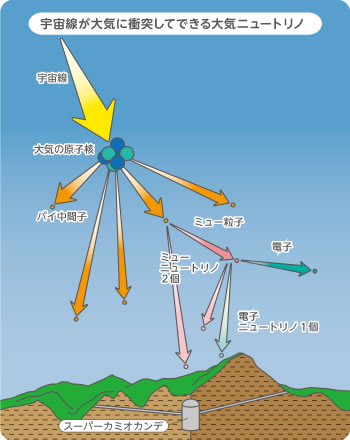
What is proton decay?
-
There are 4 fundamental forces affecting matter: electromagnetism, weak interaction, strong interaction and gravitation. The theory that the first 3 of those forces are defined together is known as Grand Unified Theory. The theory states that protons (hydrogen atom nuclei), believed to be eternally unchanging, breakdown naturally and become even tinier particles. The evidence has not been found yet, but we call this proton decay. The Super-Kamiokande is continuing the search for this evidence.
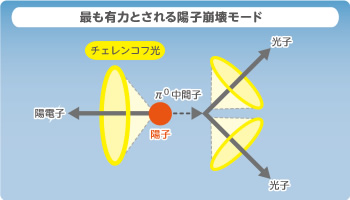
Looking at the Entire Universe
-
The Super-Kamiokande can "look" into stars and at the universe as a whole. By observing neutrinos emitted from the sun we can study processes taking place within it. By detecting neutrinos emitted from supernova explosions we can study those explosions and even look further back at the history of the universe.
